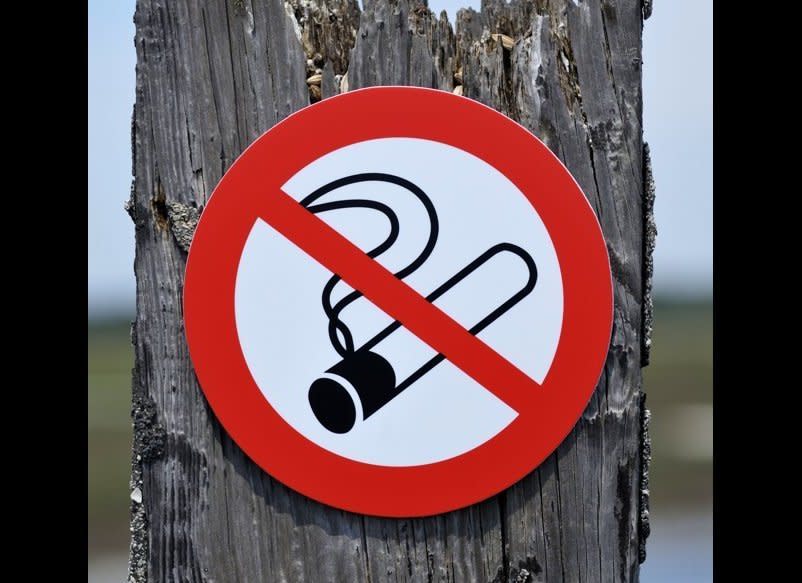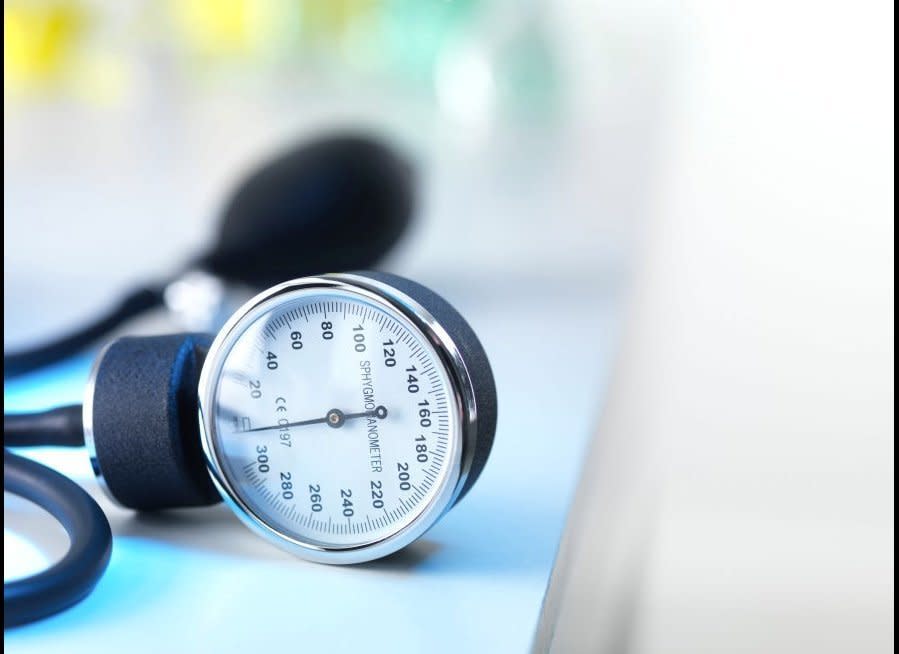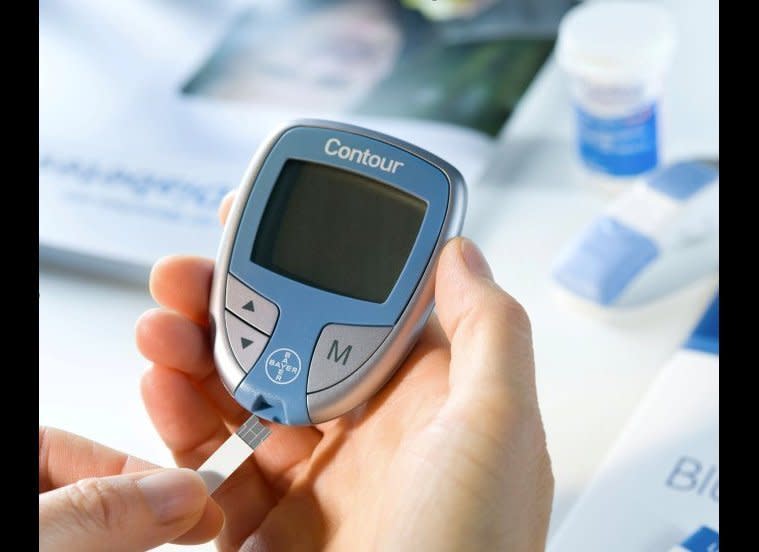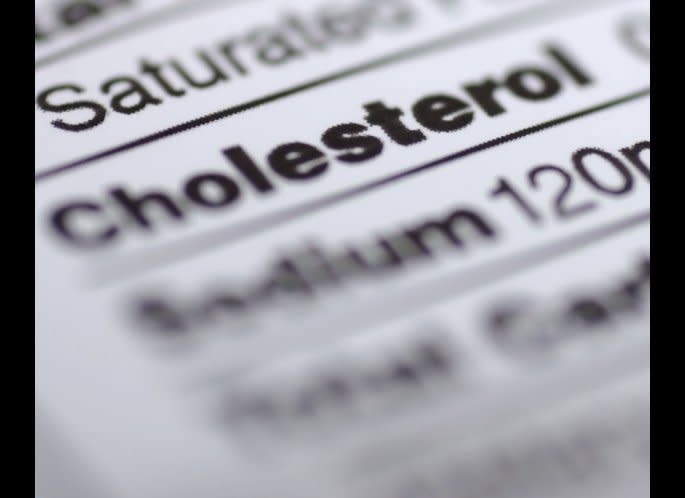A Controversial Experiment Upends The Conventional Wisdom On Heart Stents
A groundbreaking new experiment reveals that stents, which are mesh wire tubes inserted into narrow or weak arteries to widen them and increase blood flow, are no more effective than treating people with medicine when it comes to relieving stable angina, or chest pain, The New York Times first reported.
While stents can save lives in the aftermath of a heart attack, the results from this study suggest people who get them inserted for chest pain — estimated at over 500,000 people every year around the globe — may be benefiting more from a placebo effect than from the device itself.
Experts praised the study, saying it highlights just how crucial it is to test certain therapies with a placebo group, even if that placebo treatment may mean a minimally invasive sham procedure.
The placebo effect is a psychological phenomenon in which a person who is tricked into receiving a fake treatment begins to perceive an improvement in symptoms because they expect the therapy will work. The placebo effect is particularly potent when it comes to the perception of pain.
In the experiment, patients who received the stent didn’t show any difference in chest pain symptoms or enhanced exercise performance compared to patients who underwent a sham procedure.
While the experiment, which was conducted in the U.K., only followed up with participants after six weeks ― a relatively short time when it comes to evaluating a chronic condition ― experts expect the results may influence cardiologists in the U.S. to recommend that patients who can control their pain symptoms with anti-anginal medication should hold off on a stent insertion.
“It’s a really interesting trial and it should make people pause,” said Dr. James Slater, an interventional cardiologist at NYU Langone Health who estimates that he performs hundreds of stent insertions every year. “For the knee-jerk stenters out there, it’s just one more piece of evidence that maybe they should be a little more reluctant to do that.”
“It’ll change me somewhat because for some of those people where I’m on the fence, I think I will move toward not doing as much,” said Dr. Paul Thompson, chief of cardiology at Hartford Hospital in Connecticut. “Even though I don’t think I’ve been aggressive about it anyway, I would move toward not recommending it.”
While the study could lead to a change in how American cardiologists approach angina treatment, arguably more important than the results of the study is the way the experiment itself was conducted, said Dr. Deepak Bhatt, a spokesman with the American Heart Association.
When people think about placebos and the “placebo effect,” they’re generally thinking of a drug trial that tests an experimental medicine against a harmless sugar pill. In this scenario, the sugar pill presents virtually no risk to the study participant who swallows it, and scientists go on to compare their results with people who received the active medicine, in the hope of being able to separate its true physical effect from its placebo effect.
But to test the effectiveness of a device inserted into the body against a placebo, patients who receive the placebo treatment must be led to believe that they could have been operated on ― what’s known as a “sham” procedure. And that’s exactly what happened in the stent experiment.
Participants who were randomly picked to receive the placebo were sedated, and a catheter really was inserted into their body, up a blood vessel close to their heart. But instead of depositing the stent, doctors instead just withdrew the catheter. Some may consider this kind of “deception” in the name of science to be unethical, Bhatt said.
“Since we don’t have a good word for a placebo device, ‘sham’ is used, and that just puts people in a bad frame of mind already, because it sounds like something illicit is going on,” said Bhatt.
Another reason U.S. scientists and institutions are reluctant to approve experiments with sham procedures is that they are still real, invasive procedures. This means they expose the patient to a slight risk with arguably no payoff, as they aren’t receiving the actual treatment.
Indeed, in this stent experiment, four of the 95 participants who were supposed to get the sham procedure ended up experiencing artery disruption during the insertion, which required doctors to insert the stent anyway, even though it was unplanned.
“The authors poo-pooed that and said well, this is the price you pay for this, and none of those people were really hurt,” said Slater, who reviewed the trial but was not involved with it. “But I think in America, where the lawyers are quick to pounce, you might have a little trouble doing something like this.”
Despite the complications, the stent experiment reveals there’s a dire need for scientists to figure out if certain devices or operations really are delivering the results promised to patients ― or whether it’s just a placebo effect due to undergoing some kind of procedure.
Bhatt, who is an executive director at Brigham and Women’s Hospital Heart and Vascular Center, has also conducted an experiment with a sham procedure in Europe. He demonstrated that a promising therapy that zapped kidney nerves to lower blood pressure did not produce results that were any better than a sham procedure. While he was accused of unethically exposing patients to unnecessary invasive procedures, Bhatt’s results instead showed that it would be unethical to keep trying to treat people with an invasive procedure that didn’t work.
“This particular study really shows that even though the consensus opinion beforehand would have been either that it would be impossible for logistical reasons to do such a trial, or unethical because it’s subjecting patients to unnecessary procedures, they have proved that it can be done,” he concluded. “It has raised the bar so that it’s harder for someone to say they can’t do a sham control.”
Also on HuffPost
1. Not Smoking

2. Being Physically Active

3. Maintaining Normal Blood Pressure Levels

4. Maintaining Normal Blood Glucose Levels

5. Maintaining Normal Total Cholesterol Levels

6. Having A Healthy Weight

7. Eating A Healthy Diet

Love HuffPost? Become a founding member of HuffPost Plus today.
This article originally appeared on HuffPost.

